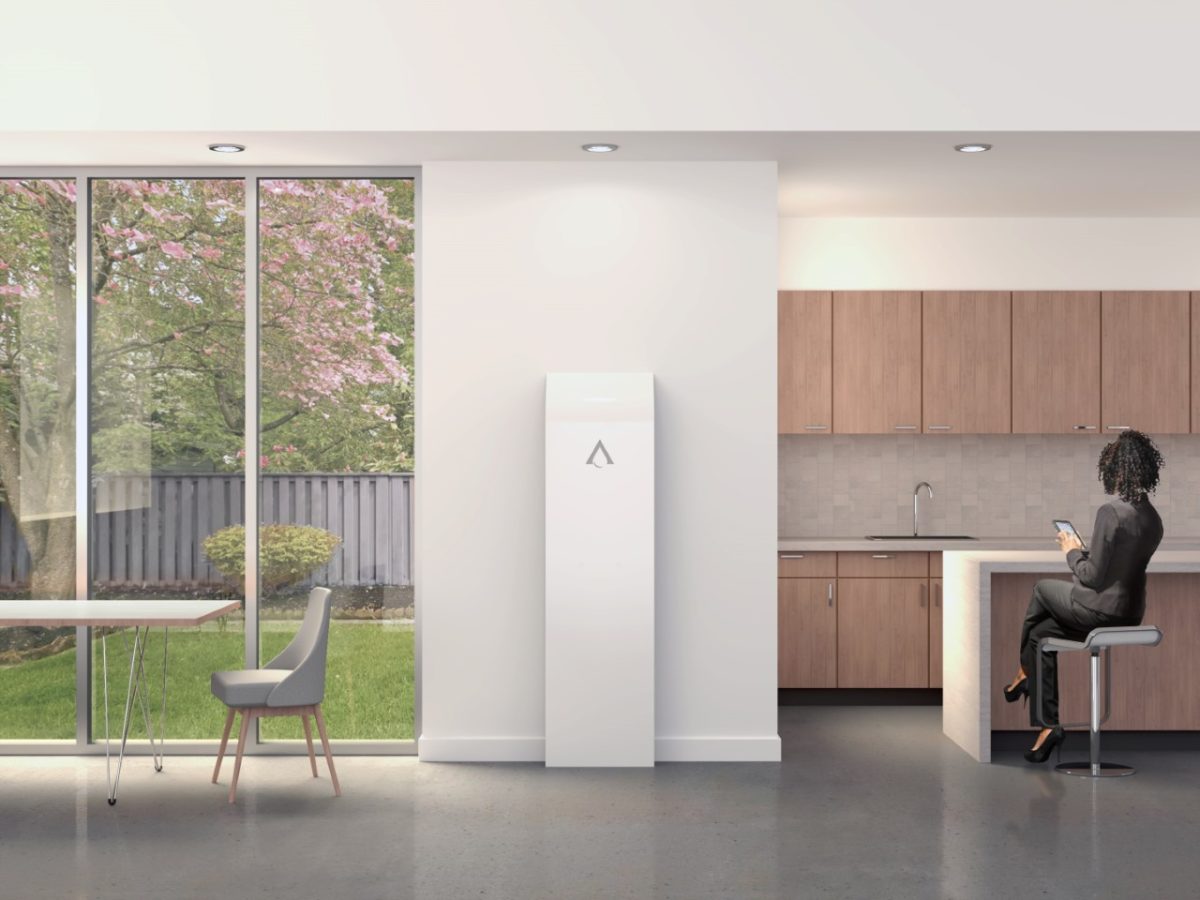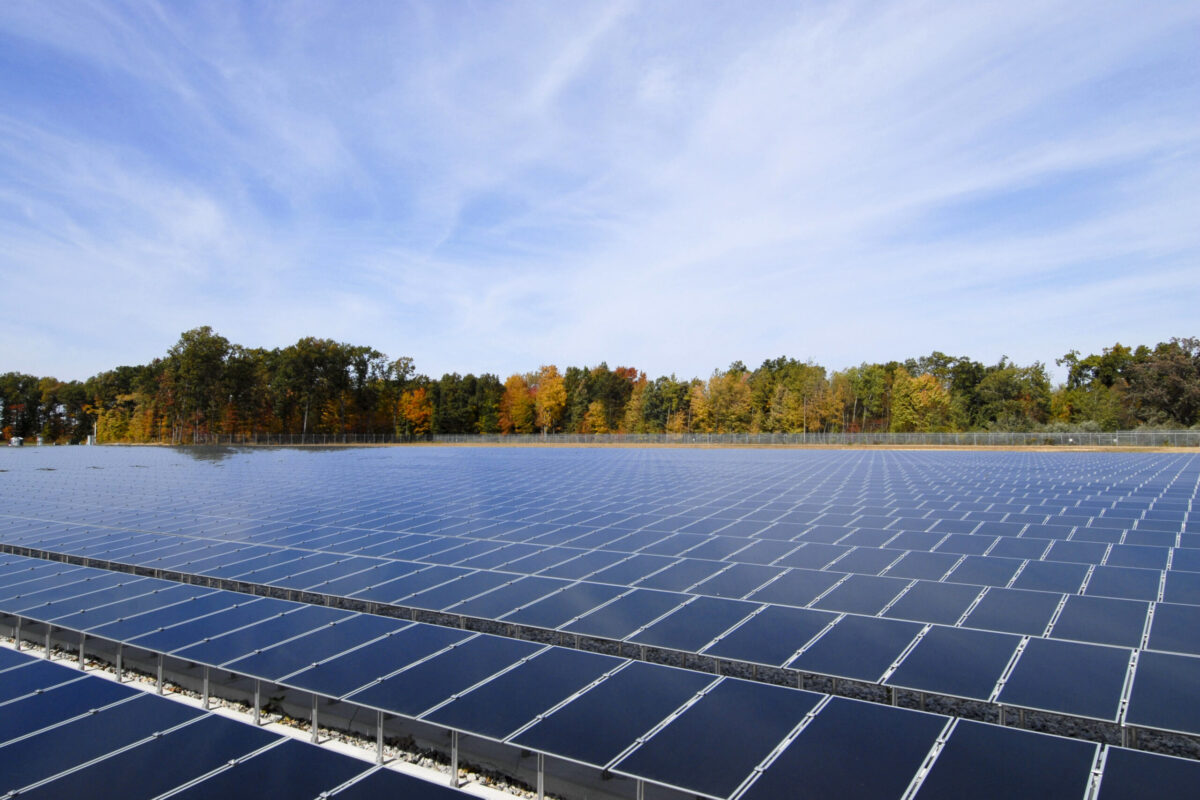Whether it’s California’s record-breaking heat waves causing narrowly avoided blackouts or Texas’ billion dollar efforts to keep the lights on, the need for resilient stationary energy storage systems throughout the United States has never been more acute. Unfortunately, the deployment of these systems is inhibited by serious issues with the lithium-ion batteries used in these systems. Bottlenecks in the battery supply chain and the increasing occurrence of catastrophic fires are the most serious of these issues. The U.S. can address both by developing a domestic battery supply chain whose products are tailored to the unique needs of the stationary energy storage market. Accomplishing this will enable a rapid transition to reliable electrical grids powered by renewable energy.
EV industry creates fierce competition for batteries
Although electric vehicles account for less than 10% of new cars sold, automakers already purchase over 75% of the world’s lithium batteries. With an ever-increasing number of companies entering the market, the EV industry’s demand for batteries is expected to grow by over 500% by 2030. The world already produces less lithium than these companies need, and these shortages are expected to last throughout the decade.
Securing both high quality batteries and the scarce materials needed to make them has become a top priority for automakers that have bet their future on succeeding in the EV market. Companies like Ford, Tesla, and GM are securing multi-year exclusive supply contracts from miners and battery makers to avoid falling victim to future shortages. Suppliers are eager to sign these contracts since they provide guaranteed revenue for the multi-billion-dollar investments they need to improve their production capacity.
These contracts create serious issues and major risks for energy storage system (ESS) manufacturers, a much less mature market than the EV battery market. Suppliers will always choose years of predictable revenue offered by an agreement with automakers over orders placed by ESS manufacturers, leaving these companies with massive uncertainty in future battery costs, availability, and delivery times. Until recently, the ESS industry has avoided this fierce competition by buying heavier lithium-ion batteries that use lithium iron phosphate (LFP) cathodes since automakers preferred lighter versions with metal oxide cathodes. However, nearly all automakers now plan on incorporating LFP into entry level vehicles. This only furthers the fact that the ESS industry needs an alternative supply chain dedicated to its unique needs to support its rapid growth.
Batteries solve safety and supply challenges
The chemistry behind lithium-ion batteries makes them uniquely well suited for applications that require compact and light battery packs. This is why they were first commercialized for personal electronics in the 1990s – no other technologies could match their energy density. Since EVs similarly require light and compact battery packs, lithium-ion has come to dominate this industry as well. Any application that requires portable or mobile battery packs is best served by lithium-ion. But – as its name implies – the stationary energy storage industry does not need mobile batteries, it needs batteries that are safe, affordable, and built with abundant raw materials. The energy storage industry has a unique opportunity to adopt new battery technologies that are too heavy for use in EVs, such as zinc-ion batteries, which are a promising candidate.
Zinc-ion batteries use the same fundamental design as lithium-ion but use zinc-ions instead of lithium-ions to store charge. Zinc is far heavier than lithium, making zinc-ion batteries too heavy for EVs. Otherwise, they offer the same power and service life as lithium-ion, meaning they are just as well suited for energy storage systems. The materials used in zinc-ion batteries are significantly more abundant than those used in lithium-ion, offering ESS manufacturers a solution free from the supply chain shortages previously described. Zinc-ion batteries also use a water-based design that cannot catch fire, which is a significant advantage over lithium-ion batteries. Safety is of critical importance to the ESS industry, especially when these systems are installed in homes and businesses.
New battery chemistries offer the ESS industry a unique opportunity to develop a dedicated supply chain free from competition with automakers. To hit decarbonization targets, this supply chain will need to match or exceed current lithium-ion production by the end of the decade. This will require governments to invest in the development of an energy storage supply chain as aggressively as they have for EVs.
The U.S. can lead the global energy storage battery industry
In 2015, the Chinese prioritized the development of domestic lithium-ion manufacturing. As a result, they now produce 70% of the world’s lithium-ion cells. Western governments are now spending billions of dollars to kickstart their own cell production, but since China accounts for 80% of global cathode material production and 90% of global anode material production, the world’s automakers will be dependent on Chinese supply chain for the foreseeable future.
The United States has a unique opportunity to avoid the same outcome for its energy storage industry by prioritizing the development of a supply chain based on zinc batteries. A robust domestic supply chain for both zinc mining and refining already exists, and it produces far more zinc than the energy storage market would require – the only missing link for a domestic energy storage supply chain is cell production. Fortunately, zinc-ion batteries can be built using the same standard techniques and equipment used to produce lithium-ion cells. The Department of Energy is already investing billions of dollars in cell production for EVs. By investing in the same types of factories to build zinc-ion batteries for energy storage, the U.S. can rapidly establish a complete energy storage supply chain.
Forecasts have shown that the energy storage industry will need as many batteries as the EV industry does to achieve global decarbonization targets. Lithium-ion’s dependence on scarce raw materials means this technology will not be able to fill demand from both markets. The solution? The energy storage industry can adopt new technologies like zinc-ion batteries to avoid competing with automakers for limited battery supply. The United States can pair its existing zinc supply chain with continued investment in cell manufacturing to rapidly develop a domestic energy storage supply chain.

Ryan Brown is the co-founder and CEO of Salient Energy, developing technology, such as zinc-ion batteries, to accelerate the clean energy transition.
The views and opinions expressed in this article are the author’s own, and do not necessarily reflect those held by pv magazine.
This content is protected by copyright and may not be reused. If you want to cooperate with us and would like to reuse some of our content, please contact: editors@pv-magazine.com.








If the USA wants to be a WORLD LEADER.. AGAIN… IN TRANSFORMING THE USA & THE WORLD TO A ZERO POLLUTION USA/GLOBE… ALL THAT IT HAS TO DO IS.. STOP TALKING.. POLITICIZING.. PROCLAIMING HOLLOW SLOGANS… AND ELIMINATE POLLUTION AND CONVERT ALL ENERGY SECTORS FROM USING POLLUTING FUELS TO POLLUTION FREE ELECTRICITY… ASAP..
• INSTALL A 15TW AgriVoltaics (AV) System using just 2.5% of its 4Million km2 of Farmland generating 180,000 TWhrs/yr (needed by 2050).. to MEET ALL OF THE US ENERGY NEEDS.
• Use its EXISTING OPEN LOOP HYDRO PLANTS and CONVERT TO UHES (see.. youtubechannel zeropollution2050 .. UHES) for S2S .. Sunset-To-Sunrise .. Energy Storage to provide 24hrs/day Solar Backed Electricity.
• Upgrade the EXISTING GRID TO HANDLE 15TW OF AV-PV Electricity.
• Convert ALL ENERGY SECTORS.. Industry, Transportation, Commercial and Residential to Electricity.
• The above would cost $400 Trillion.. ($200 Trillion for THE AV-PV + UHES; $200 Trillion for the Rest).
• Implement, the thirty year old, 1992 Rio POLLUTERS MUST PAY (PMP) PRINCIPLE, WITH A GLOBAL PMP LEVY TO OFFSET THE SOCIETAL COST OF POLLUTION.
• A “COST-NEUTRAL” PMP LEVY OF $0.31/KWhr on the 120,000 TWHrs/yr of Energy Use TODAY.. would meet the above as it Offsets the $36.5 Trillion/yr of Societal Costs of Pollution.
[ • 9 Million Victims/yr .. $1 Million/Victim
• 275Million DALY of Suffering .. $100,000/DALY..].
• In a Dozen Years a ZERO POLLUTION USA/EARTH CAN BE MANKINDS GIFT TO ITSELF… AS IT SAVES MILLIONS OF LIVES ANNUALLY & SUFFERING AND RESTORES THE CLEAR SKIES, LUNGS, WATERS, LAND AND HEALTH … ONCE AGAIN…!!! (and also wins the battle against Climate Change.. on the way..).
ONLY THE USA CAN DO THIS.. !!!!!
IS BIDEN LISTENING.. OR WILL HE KEEP FIDDLING AROUND, LIKE ANOTHER NERO, AS THE USA & WORLD CHOKES & SUFFERS FROM POLLUTION.. ALL AROUND HIM & THE PEOPLE OF THE USA/WORLD… ???